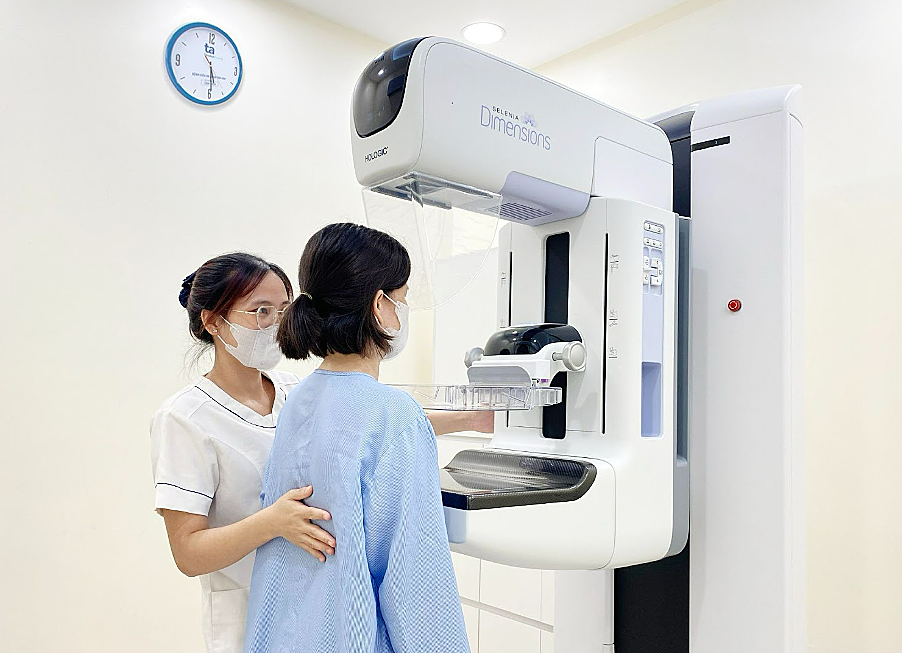Answer:
Breast cancer can recur locally (on the chest wall), regionally (in the axillary, supraclavicular/infraclavicular, or internal mammary lymph nodes), or distantly (metastasizing to the bones, liver, lungs, or contralateral lymph nodes). Follow-up care after breast surgery and adjuvant therapy plays a vital role in early detection of any recurrence or metastasis. Doctors also monitor and manage any side effects from breast cancer treatment.
The follow-up schedule can vary depending on the initial stage of cancer, the type of breast cancer, the presence of hereditary gene mutations (BRCA1 or BRCA2), the treatment methods, and the patient's overall health.
The first 1-3 years after treatment carry the highest risk of recurrence. During this period, you should have check-ups every 3-6 months. The doctor will carefully examine the surgical site, chest wall, regional lymph nodes, and assess for any unusual symptoms. Blood tests may also be ordered depending on your condition. If you have a remaining breast or underwent breast-conserving surgery, a mammogram every 12 months, combined with a breast ultrasound during follow-up visits, may be necessary.
 |
Mammograms help screen for and monitor breast cancer. Illustration: Tam Anh General Hospital. * |
The risk of recurrence tends to decrease between years 3 and 5 post-treatment. During this time, check-ups are recommended every 6-12 months. Regular blood tests and mammograms (approximately every 12 months) should be continued, as directed by your physician.
After 5 years without recurrence, annual check-ups, blood tests, mammograms, and ultrasounds are recommended. Consistent adherence to your doctor's appointment schedule is crucial. Report any new or unusual symptoms to your physician promptly.
A balanced diet, regular exercise, and a positive attitude can support recovery and help prevent recurrence.
Dr. Nguyen The Thu
Oncology Department
Tam Anh General Hospital, Hanoi
| Readers can submit questions about cancer here for doctors to answer. |












